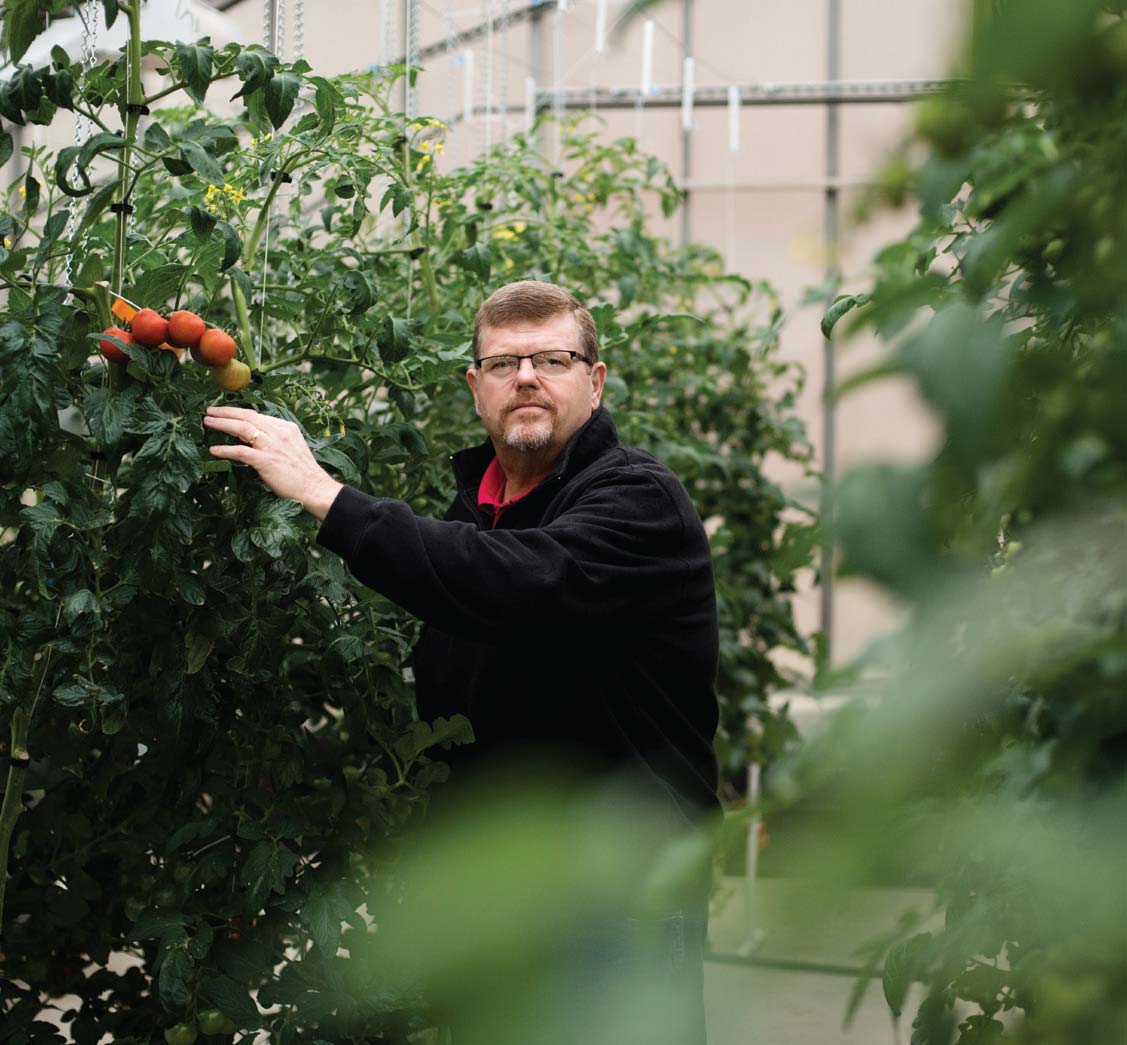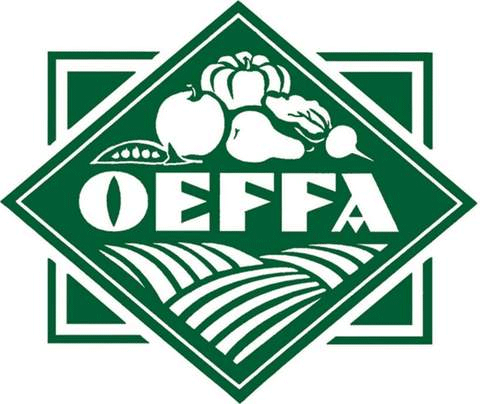MIKE HOGAN
Ohio Ecological Food and Farm Association Service Award Winner
How did you become interested in agriculture and urban farming?
I was born and raised in New York City, which is a little odd for somebody working in agriculture. My great-grandparents had a small farm and other relatives had a dairy farm in upstate New York. As a little kid, I spent weeks at a time up there in the summer and other seasons. I had come from the concrete jungle and was just completely enamored with everything that happened on the farm. It was the “aha!” moment for me as a kid of where food comes from.
I went back to our apartment building in Brooklyn, chopped up concrete in the yard and put plants in pots on the fire escape. I like to think that was the beginnings of my interest in urban agriculture, so it kind of has come full circle towards the end of my career with me spending most of my time working in urban food system development and urban farming.
How have you seen urban farms in Central Ohio evolve over the last few years? What do you think is the future of urban agriculture in Columbus?
First of all, urban agriculture, of which urban farms are a subset, has been growing. About five or six years ago, there were probably half a dozen urban farms in Columbus. Last summer, we knew of 30 urban farms in the city of Columbus, so growth has been very steep for urban farms.
I don’t see the drivers of that growth changing over time. Even if they don’t participate in farming, or buy from an urban farmer or urban grower, a lot of people see urban farming as a valuable asset in the community, a worthwhile land use in an urban setting. We’re seeing some developers of residential developments in Columbus ask if there’s a way to incorporate food production, whether it’s on the rooftop of a building, or in-ground growing, or some type of community garden for residents.
So, we’re seeing that interest not just from consumers themselves, but from others.
What are some of the factors driving that interest?
People want to make connections with their food. There’s more of a foodie culture compared to 10 or 20 years ago. Urban areas are growing much more than the rural areas, so that in and of itself is a driver. There seems to be a renewed interest in people connecting with the farmer, whether it’s through farmers markets or a CSA [community-supported agriculture harvest subscription program]. People like meeting and shaking the hand of the person who grew that food.
People are interested in reducing food waste, buying local and being able to buy things that will last longer in the refrigerator or on the kitchen counter. And the concerns people have about food safety: buying food that’s less-processed—just the whole human health and nutrition concerns.
Learn more from Mike at ediblecolumbus.com about how you can take part in sustainable agriculture with some of his tips and the new Columbus/Franklin County Love Food Guide at go.osu.edu/franklinlocalfoods.






